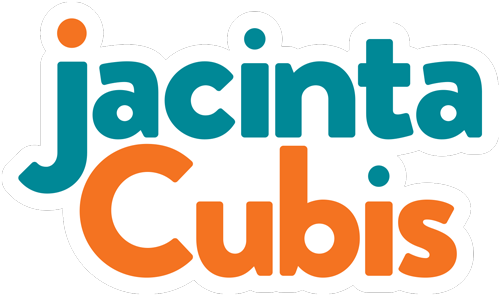Opportunity waits
Last week, I got some unexpected feedback on my #Facilitography program.
“I think it’s encouraging a depth that has been lost with taking photos. The rise of the selfie has created fast consumption photography and I like that you are slowing it down.” - Cindy Plowman.
I didn’t know I was doing this. Cindy saw something that I didn’t see. What a great reminder that there are always different ways of seeing.
I wonder how the young Australian woman in the photo would see ‘fast consumption photography’ today.
It looks like she embraced new technology then. I reckon she’d have lined up for the first iPhone in 2007, if she’d been born a century later.
In 1901, she’d have been carrying a lighter load and somewhat ‘freer’ than her pioneering predecessors. At least she had dry glass plates to work with.
Up until about 20 years earlier, photographers had to work with wet glass negatives. They had 15 minutes from woe to go to take the photo and develop it. If they wanted to shoot outdoors, they had to take their darkrooms with them.
No wonder most stayed in one spot, as my mum reminded me last week. She’s an expert in historical photographs and this photograph is a memento from her gallery.
These early entrepreneurs would have turned being forced to stay in one spot to their advantage. They would have had to embrace patience as they waited for a photographic opportunity to come to them. Then switch gears completely for the necessary speed needed to shoot and develop one photograph – all with dexterity and care.
What a combination of patience and responsiveness. Two things that a facilitator needs. Two of the reasons why street photography is great training for facilitation.
Our comfort with taking photos on phones, selfies or otherwise, opens up huge potential for getting better at looking, noticing and observing. And better observers make better facilitators.
🎞️ Imagine if we exercised as much patience as the early photographers today – with our photos and with the groups we facilitate.
🎞️ Imagine if we took ourselves ‘out of frame’ – in a selfie and as a facilitator – and gave more time and attention to what, and who, is around us. As photographers and facilitators.
I’ve always loved the poster of this happy photographer. She’s on the wall of my parents’ kitchen, and keeps on eye on dad as he reads the paper every morning.
In this week’s #Facilitography exercise, we’ll slow things down. Try if every day, for a week. Share it on Instagram or Facebook and tag it #Facilitography.
📷 Find a street corner. Stay there for as little time, or as long as you like. Just don’t move. Stay on that corner.
📷 Take one photo, or many. See what opportunities come your way.
📷 Choose a different corner every day. Or go back to the same place.
When you reflect back on your week’s photos, ask yourself: how might this experience translate into your facilitation practice.
Curious to try more? Come to my introductory #Facilitography Walkshop - by exploring new ways of seeing, we practise the subtle art of facilitation. Details below.
If you’d like to work with me to get better at reading the room, here are 3 ways we can start:
1. Join me for an introduction to #Facilitography in the heart of Melbourne, 5.30pm – 7pm, every fortnight:
☐ 12 & 26 February
☐ 11 & 25 March
Details and book
2. Get a copy of my Insights Paper, Read the room like a street photographer
It’s about why reading the room is vital for productive conversations and how to get better at reading the room with the help of your phone. Hit reply and I’ll send it to you.
3. I’ve got two places left in my facilitation mentoring program this quarter.
Hit reply and I'll get back to you with the details.
Photo: Courtesy of the Cubis Collection (thanks mum!)


